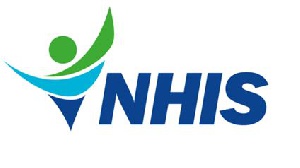The National Health Insurance Authority (NHIA) has set October 1, 2016 as the date to kick start the full implementation of the capitation in the Upper West Region.
Capitation is a new form of payment that will allow the Authority to pay a per capita amount in advance to accredited health provider facilities to provide health care services to its clients.
Mr Titus Sory, Deputy Director, Provider Payment Directorate of the NHIA, said this during a stakeholder workshop on capitation in Wa.
He said the purpose of the workshop was to bring all key stakeholders up to speed on issues concerning the implementation of the capitation.
He said phase one of the implementation of the capitation started in the Ashanti Region, noting that the phase two included the Upper West Region, Upper East and the Volta Region.
Mr Sory said so far 499,845 active members in the region have chosen their Preferred Primary Provider (PPP), adding that currently capitation would be working with 278 health care provider facilities.
The Deputy Director of the Provider Payment Directorate appealed to the accredited facilities to make conscious efforts to renew their mandate before the expiry date, warning that there would not be any grace period for renewals.
Mr Sory said the enrolment of clients at health facilities was a shared responsibility and appealed to service providers to help educate the public on the need to choose health facilities close to them as their PPP.
He explained that choosing a PPP would not tie one to a particular health facility as one could always be referred to a secondary health facility when his or her condition could not be handled at the PPP level.
Mr Sory said the NHIS was aware of its indebtedness to service providers adding that proactive measures are being put in place to clear the debt before rolling out the implementation of the capitation in October.
Mr Theophilos Owusu, Upper West Regional Deputy Director of Health Services in charge of Clinical Care, appealed to health providers to also take it upon themselves to educate the public and urged them to enroll at their various health facilities to enhance sustainability.
Health News of Friday, 2 September 2016
Source: GNA

















